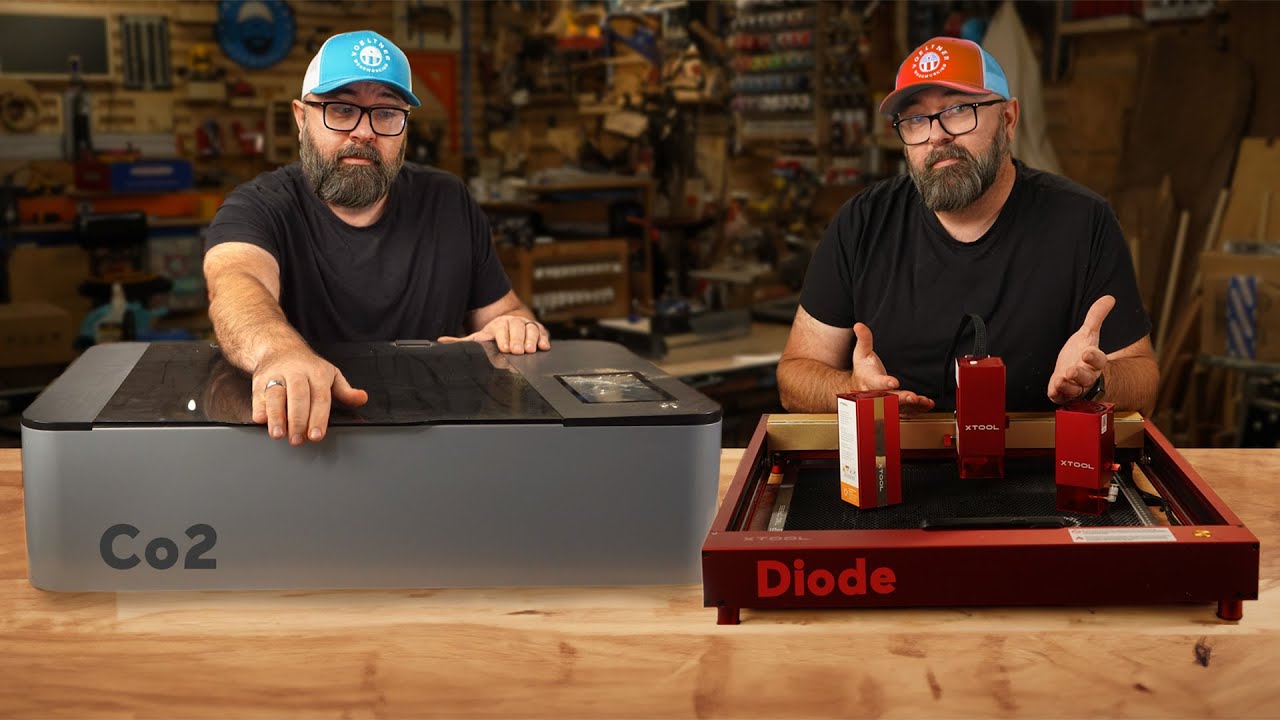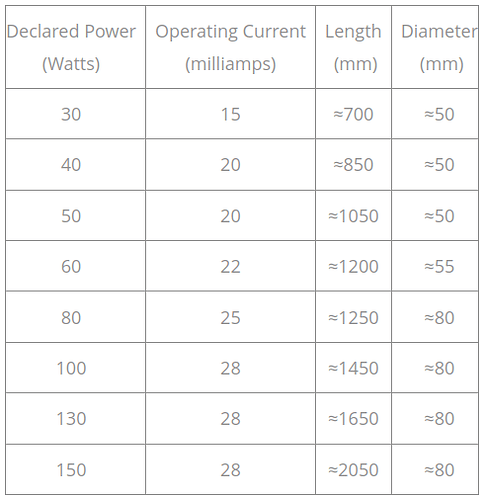Edit, I was on a metro and annoyed, should have counted to ten etc…
Nothing in the cover picture there makes me want to watch this video…
I’ll watch it once home and less irritable with people and opinions. Then give some better response.
The video is geared towards a person who is trying to figure out if they want to invest in a CO2 or diode laser.
I shared this video because he’s one of the few who does a good job explaining the differences and pros and cons of each type.
And it’s always appreciated, you were not the target of my ire in any way! I’m just getting touchy about YouTube’s clickbait culture and that video cover triggered me. Apologies.
Right off the bat his is WRONG about all 40W CO2 lasers not being able to run at full 40W power and they have to be run at 30W or 35W. That only applies to the default cheap tubes supplied with many K40 lasers. Once the K40 original tube is replaced, usually those tubes are tested to 50W and 40W steady use is within spec.
I’ve used this chart since I started messing with these things.
A dc excited co2 tube power is based on the distance between the mirrors, which isn’t handy to measure, so we use tube length. This does leave some leeway into power determination. The light amplification occurs between the mirrors. The whole thing being pumped by the hv dc source.
I bought a China Blue 50W machine from OMTech. It had a 60W lps installed, stock.
The physical tube measured 880mm and read 43W with both my Mahoney and doHICKey meters.
Note the wattage and associated tube length. I’ve used this on a number of machines and it’s very close, so I have learned to trust it and use it as a guide. It might actually be a more conservative approach.
The case of both the muse and the K40 are 820mm and 810mm, respectively, in width. Neither has the ability to house a tube long enough to produce 40W, which is ~850mm … Mine was 880mm and only produced 43W.
The tube length of the OMTech K40 is stated as 720mm or ~30W, … this also means your current should be limited to ~15mA on one of these.
Some of these K40 variants are showing up with the pwm to the IN of the lps allowing software to actually control the tubes power.
I agree with @dougl on a good tube should be able to run at 100%. However, I’d think you’d be disappointed if you needed a 5 hp motor, you’d be smart to get a 6hp… and not need the 100%… Although we don’t agree with everything…
How a tube co2 is controlled isn’t how control an ssl (solid state laser) occurs. You cannot run an ssl at 50% power, only on for that percentage of time. With a tube you can limit it’s current, hence it’s power at any value at or above that at which it will lase.
There is also no comparison between a ssl response time and that of a tube.
As far as how fast you can go… it will become evident that there is a point that running faster slows the job. Overscan becomes larger than the job, so it runs slower overall.
If you have 40W of power being absorbed by a material, any energy source producing the same power should produce similar results.
If you don’t care, then it’s a more simple resolution, if you do care, maybe that will stir up the little gray cells, but in the end, the decision rests with you.
Most of us can pick these all apart at one place or the other… It’s all someones opinion at some point, unless you engineer these… then it still maybe… a more educated opinion.
Have fun ![]()
![]()

